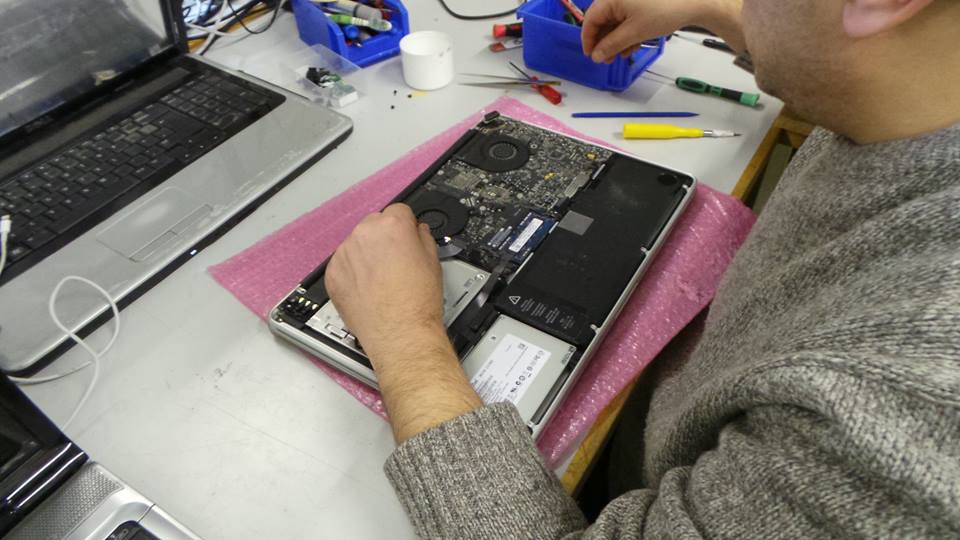

- #Mac mini graphics card problem update#
- #Mac mini graphics card problem Pc#
- #Mac mini graphics card problem mac#
#Mac mini graphics card problem Pc#
“It was abnormally bad," former Intel engineer François Piednoël was quoted in 2020 as saying by industry publication PC Gamer. Intel’s pace of innovation had slowed and quality suffered. Some industry observers have suggested Intel’s own missteps may have forced Apple’s hand. Sales of Macs were stagnating and paled in comparison with the iPhone business, which represented almost two-thirds of the company’s revenue.
#Mac mini graphics card problem update#
Apple later issued a software update to address the issue. Months after the mea culpa, new laptops that still included Intel chips were panned for disappointing performance, including computing power that was held back to keep the machines from overheating. But the criticisms went beyond Apple’s high-end computers.
#Mac mini graphics card problem mac#
In 2017, as Apple was reaping the fruits of its success with its chips in the iPhone and Apple Watch, it was facing backlash from customers over its Mac lineup and the perception that it was falling behind.Īpple executives convened a roundtable of tech bloggers to do something the company rarely did: apologize publicly for shortcomings in high-end Macs aimed at professionals, and promise that better products were in the works. Instead, he added: “It has made them a more dominant platform overall." “It seemed a little crazy, at first, that they could actually consider kicking Intel out," said Mike Demler, an independent analyst who has followed the semiconductor industry for almost 50 years. The sea change has Intel pivoting some of its attention to take on contract work fabricating chips designed by companies that once bought Intel-designed chips. underpinnings-helped boost battery life and allowed for better integration of software to push the boundaries of performance of other features, such as its camera system, which runs complex algorithms to improve photos’ lighting and focus.Ĭhasing that strategy, Apple has become a “semiconductor juggernaut," according to Wayne Lam, an analyst at CCS Insight, who estimates that Apple’s spending last year on its internal semiconductors would rank it as the 12th-largest chip company in the world by revenue. The result: Apple’s own chips for iPhones starting in 2010-based on Arm Ltd. Such things matter in a device dependent on batteries for operating and used for hours at a time running processor-heavy tasks like videos and games. His approach of designing the chip to Apple’s specific needs for the device allowed the company to create a more powerful, yet efficient, chip than using one off the shelf from a supplier that must meet requirements for general use. Srouji, now 57, initially developed chips for the iPhone. “Covid was one for example."Īfter joining Apple in 2008, Mr. Srouji, Apple senior vice president of hardware technologies, said in a rare interview. “What I learned in life: You think through all of the things you can control and then you have to be flexible and adaptive and strong enough to navigate when things don’t go to plan," Mr. Srouji, who had built the chip team from 45 people to several thousand across the globe, including his homeland of Israel. Apple had to draw on 14 years of behind-the-scenes work by Mr. Srouji’s success building the M1 chips was far from a certainty-especially as the coronavirus pandemic threatened the rollout in 2020.īringing out M1 chips required Apple to rewrite the way it operated in order to avoid delays from the pandemic.

Meanwhile, suppliers of chips like Intel are scrambling to alter their strategy in response, investing heavily so they can fabricate chips designed by others.ĭeciding to fire a crucial supplier and bring its production in-house can be a wrenching crossroads for any company. are working on their own silicon as they chase more powerful computing needs for specialized applications like driverless cars, data centers and virtual reality. Other tech juggernauts are now trying to emulate Apple’s approach. The fourth and final version of the M1 family-the M1 Ultra-debuted last month and is made for high-end Macs aimed at video and graphics professionals. It also has positioned Apple to move into potential future products such as a car or extended-reality headsets. Srouji’s chip operation, which already designed chips that power iPhones, has helped Apple improve the profitability of its smartphones and computers.


 0 kommentar(er)
0 kommentar(er)
